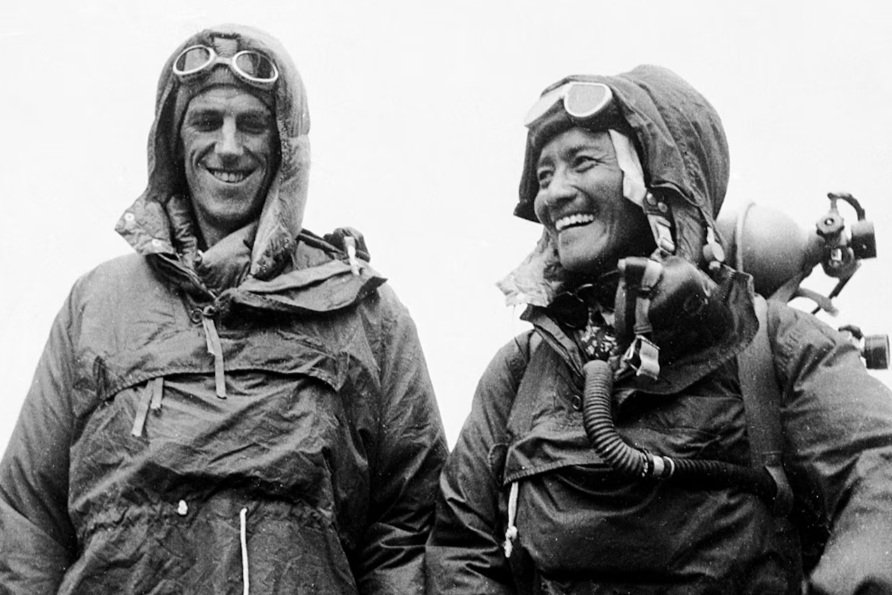Exploration & Discovery
INTRODUCTION
Visitors to the Craighead Kellas website are presented with a bold statement on arrival: “Competitive advantage begins early, with careful preparation and inquiry — when the return on investment in exploration and discovery is the privileged insight needed to operate with confidence.”
Those words are an important part of Craighead Kellas. They bring to mind a quintessentially British experience, and the images featured here show a few brief moments of that history.
ALEXANDER MITCHELL KELLAS
Among them is Alexander Mitchell Kellas. He was the foremost Himalayan mountaineer of his day and pioneered early medical research on high altitude physiology.
Kellas is an obscure historical figure, partly by his own design: he kept no personal diaries, generally liked to keep his own counsel, and wasn’t big on self-promotion. He died on the Everest Reconnaissance Expedition of 1921.
A GALLERY
OF PHOTOGRAPHS FEATURED ON OUR WEBSITE
****
The photographs below have been licensed through the Royal Geographical Society, the Pitt-Rivers Museum, Getty Images, Bridgeman Images, other photographic collections and agencies, online sources, and personal archives. Every effort has been made to correctly identify and attribute provenance, photographer, and copyright details.
To report any errors of attribution or discuss licensing issues, please contact us at office@craigheadkellas.com. For any other enquiries, please use select the “make an enquiry” tab below, or consult the CKS Actual page on the website.
ABOUT THE PHOTOGRAPHS
The photographs reflect our connections to the United Kingdom and to the United Arab Emirates. They feature adventurers, explorers and scientists, priceless moments, and breathtaking landscapes and geographies. They contain and reflect shades of a past that has come to mean many things.
Most of all, they tell a story - of a spirit of indomitable persistence, of the determination to seek out unassailable truths, even under extreme circumstances.
Symbols, artefacts, and images of the past are too often used to mythologize tranches of history, making it something we wish it had been, or indeed something to be denied and erased.
The pictures here are suggestive of something else, of a true substance or actual condition - of their subject's’ ambitions to observe and understand things as they were.
In turn, they reveal something about the stories we tell ourselves












